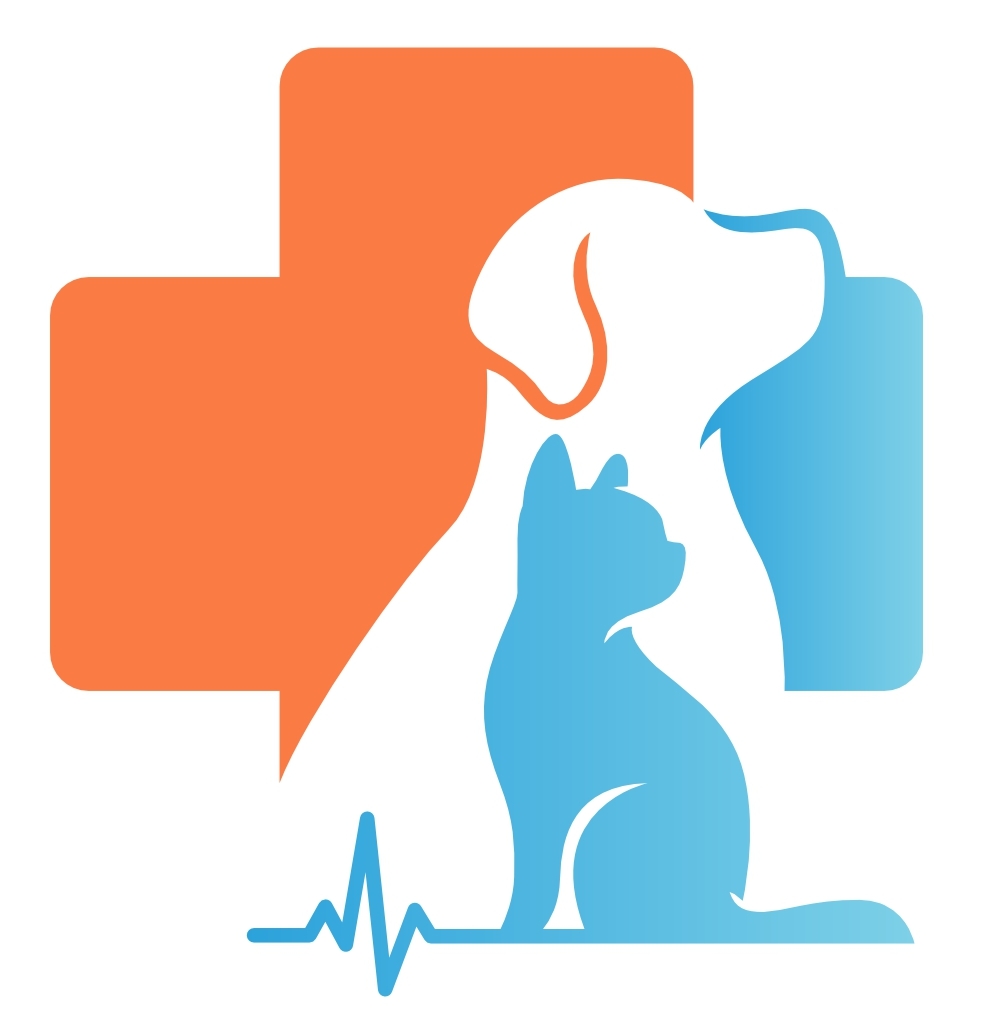Acute Respiratory Distress Syndrome (Shock Lung) in Cats
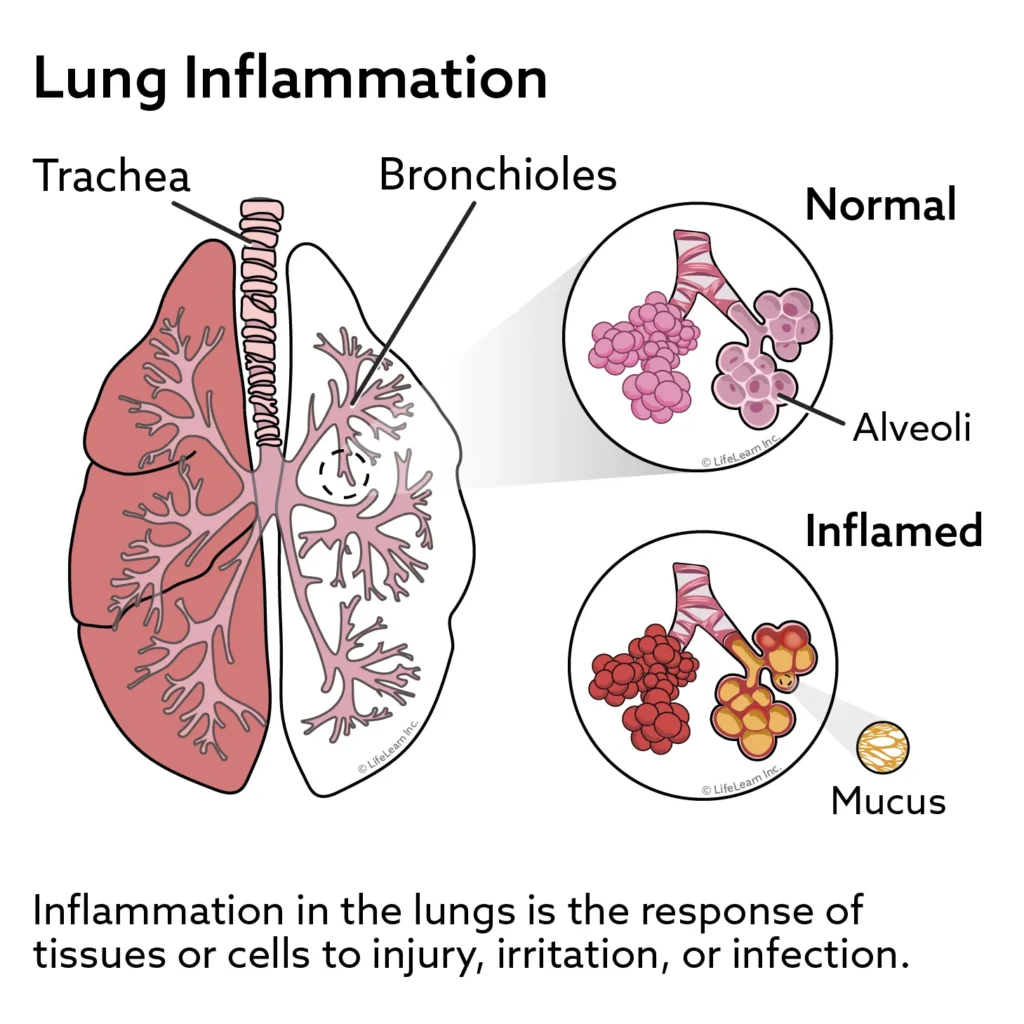
Acute respiratory distress syndrome, also known as shock lung, is a life-threatening complication of critical illness in cats, such as systemic infection or disease, severe trauma, or near-drowning. Treatment involves targeting the underlying cause while also supporting the cat’s compromised lung function with the use of an oxygen cage, an oxygen line direct to the cat’s nasal passages, or in severe cases, a mechanical ventilator. Unfortunately, the prognosis for this condition is poor.
Acute Kidney Injury in Cats
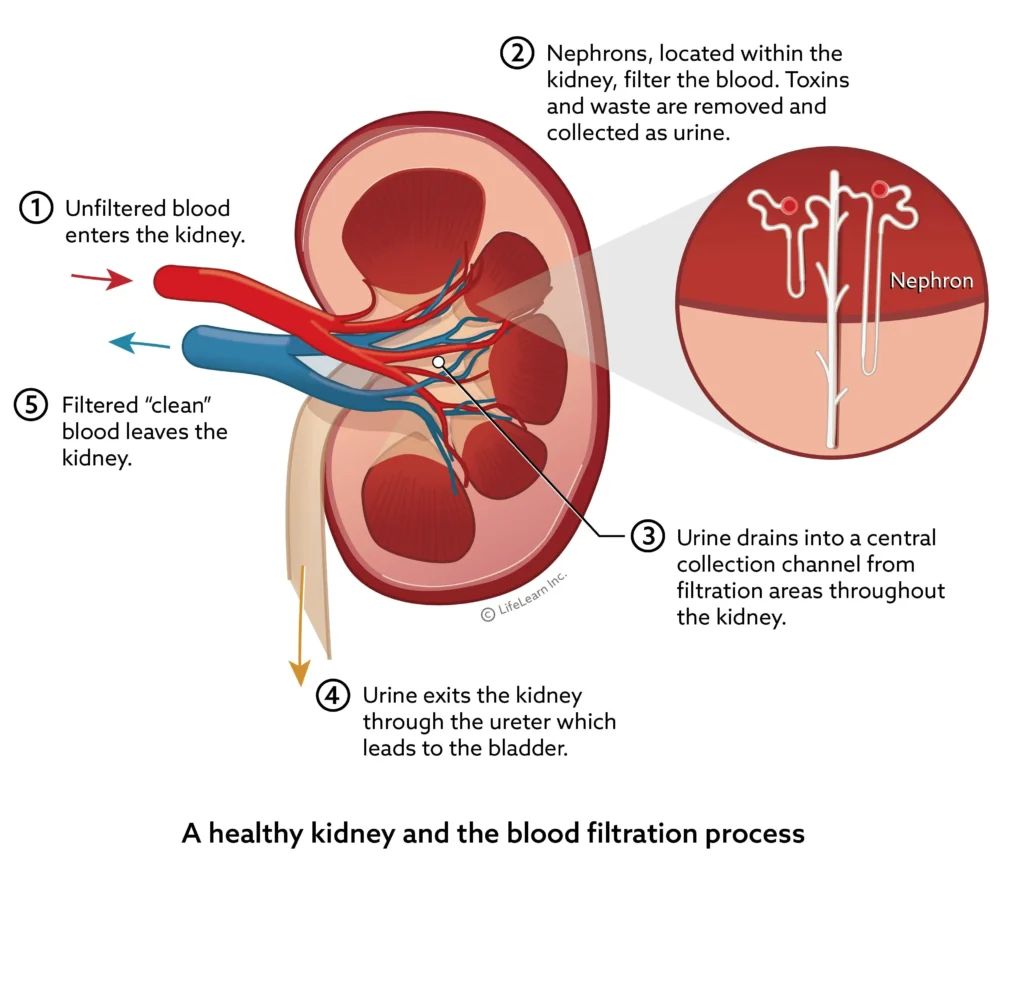
Acute kidney injury (AKI) refers to the sudden failure of the kidneys to perform normal filtration duties (previously referred to as acute renal failure). The clinical signs, potential causes, diagnosis, treatment, and prognosis of this condition are outlined in this handout.
Acetaminophen Poisoning in Cats
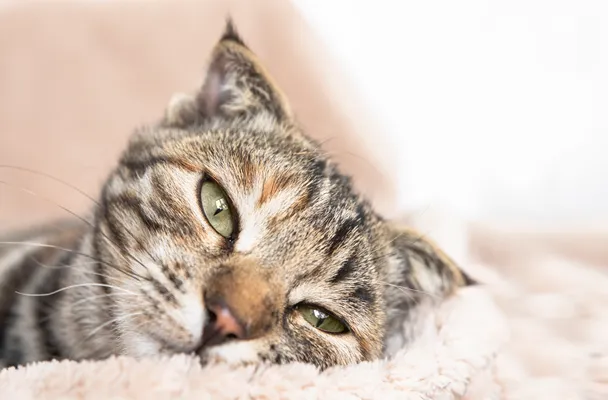
Acetaminophen (Tylenol), a common human drug used to control pain and fever, is poisonous in cats. Since cats are not able to efficiently metabolize acetaminophen, they are more vulnerable to toxicity. Cats develop toxicity at much lower doses than dogs.
Arsenic Poisoning in Cats
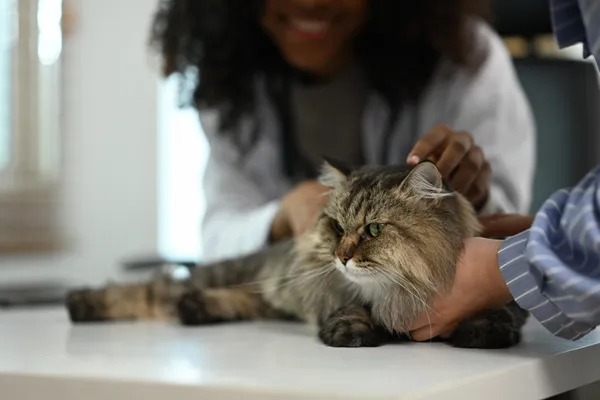
Arsenic poisoning is the accidental ingestion, skin contact, or inhalation of products containing a toxic dose of arsenic. Clinical signs can include abdominal pain, salivation, vomiting, diarrhea, staggering, weakness, rapid weak pulse, lethargy, low body temperature, collapse, and death. Supportive therapy is a crucial part of treating arsenic poisoning.
Feeding Orphaned Kittens
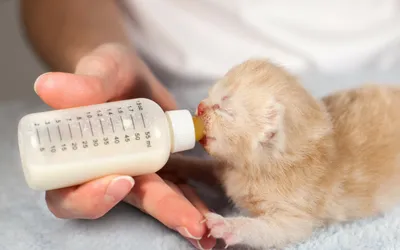
Orphaned kittens will need extra care for survival to compensate for the loss of their mother. Kittens must be kept warm, very clean, and fed frequently using an appropriate amount and type of formula by bottle or less often tube feeding. To ensure nutrition is adequate, daily weight checks should be performed for the first 4 weeks, then weekly thereafter. Kittens must be stimulated to urinate and defecate. Environment, feeding instruments, and the kitten must be kept meticulously clean as they are more susceptible to infection than kittens cared for by their mother.
Feeding Multiple Pets

Dogs and cats have different nutrient requirements, which is why separate commercial pet foods are made for each species. Even pets of the same breed or body weight have unique calorie needs, so pet parents should feed them in separate bowls to avoid having any pets gain or lose weight. Diets designed for young growing puppies or kittens are different from adult dog or cat foods, so pups/kittens should be fed separately from adults until around the age of 11-12 months. Body condition scoring should be a part of regular monitoring to make sure each pet does not gain (or lose) weight.
Feeding Inactive Adult Cats
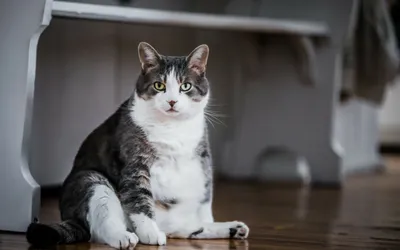
Over 60% of cats in North America are either overweight or obese, so paying attention to the balance between activity and calorie intake is important. Nutrient formulation and portion control are the two most important aspects of weight control. Once you have chosen a formula and have calculated a reasonable daily portion based on calorie density, the best way to stay on track and prevent unwanted weight gain is to combine portion control with regular, formal weigh-ins.
Feeding Growing Kittens

The goal of feeding growing kittens is to lay the foundation for a healthy adulthood. Portion feeding is recommended to maintain a good body condition. Proper nutrition is critical to the health and development of kittens, regardless of breed, and it directly influences their immune system and body composition. An optimal growth rate in kittens is ideal; it is a slow and steady growth rate that allows the kitten to achieve an ideal adult body condition while avoiding excessive weight and obesity. Growing kittens need higher amounts of all nutrients in comparison to adult cats, but excess energy calories and calcium can create serious problems. Preventing obesity must begin during the weaning stage and continue through to adulthood and old age. Together with your veterinarian and veterinary healthcare team, you can help your kitten grow into as healthy of an adult cat as possible.
Esophagostomy Tube Feeding in Cats
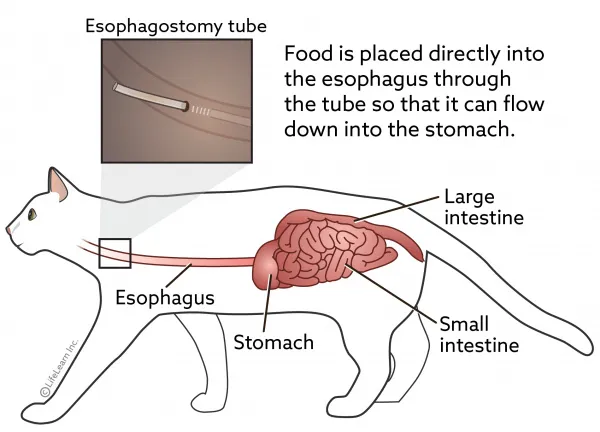
Esophagostomy tubes are placed through the skin of the neck into the esophagus to enable ongoing nutrition in cats that either refuse to eat or are unable to chew and swallow food. A diet will be recommended by your veterinarian but must be liquefied with water before it can pass through the tube. Medications can also be administered through the tube. Step-by-step instructions are provided. The decision to remove the tube will be determined by your veterinarian.
Enriching Your Pet’s Environment with Their Food
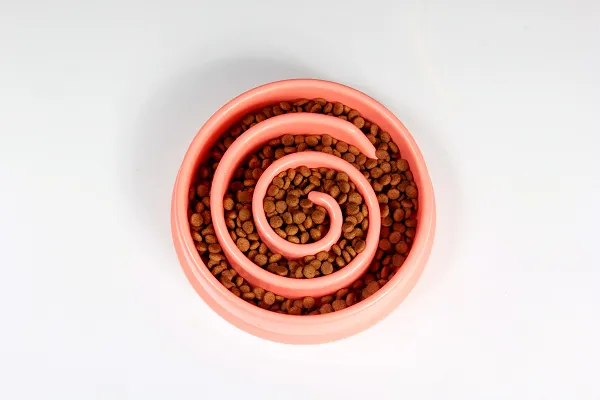
Many veterinarians, including nutritionists and behaviorists, believe it is important for dogs and cats to express their natural foraging and hunting behaviors. For pets living indoors, this can be difficult, and the lack of this stimulation can sometimes lead to behavior problems. Enriching a pet’s environment with food toys and puzzles at mealtimes can fulfill the need to forage. The use of toys, puzzles and other novel methods of food delivery can also be effective ways to increase daily movement in overweight or inactive pets.
